Solar energy continues to attract investors from different sectors of the economy. This time, the Government of Paraná is another one that will invest in an energy efficiency project.
Starting next year, 246 public buildings will produce their own electricity in the state.
According to the State, the project is a pioneer in Brazil and is the second largest in the world in scope. In total, photovoltaic systems will be installed in 208 municipal schools and other public buildings in seven municipalities.
“Creating solutions for the good use of water and energy is a necessity. We are facing the biggest water crisis in the last 100 years in the State, and we know the impact of the lack of water on energy supply in the near future”, said Ratinho Junior, governor of Paraná.
According to him, the idea is to count on the collaboration of the private sector and non-governmental organizations to expand the program and install solar plants in up to 5 thousand public buildings.
“This is just the first step. I am very optimistic that, together, we will be able to transform Paraná into a sustainable state. We want to collaborate to promote global changes, which prioritize projects and constructions with low environmental impact so that we can leave a better world for our children”, highlighted Junior.
The initiative is the result of a partnership between Copel (Companhia Paranaense de Energia), Paranacidade, an entity of the State Secretariat for Urban Development and Public Works, Fomento Paraná and the Green Building Council Brasil.
R$ 45.7 million were invested in the project, which covers the cities of Balsa Nova, Fazenda Rio Grande and São José dos Pinhais, in the Metropolitan Region of Curitiba; Cascavel and Foz do Iguaçu, in the West; and Maringá and Paranavaí, in the Northwest.
“This proposal meets society's needs in an innovative, integrated and sustainable way, following Copel's strategic guidelines so that research achieves increasingly relevant and applicable results”, detailed Daniel Slaviero, president of Copel.
The photovoltaic plants should be installed throughout 2021. The payback – return on investment – is expected to be three years. “This result motivated us to implement solar, which will be important for municipalities, which are increasingly tight on budget, as well as being linked to international sustainability commitments, such as the UN 2030 Agenda, the New Urban Agenda and the Paris Agreement, which seeks to respond to climate change”, highlighted João Carlos Ortega, state secretary for Urban Development.


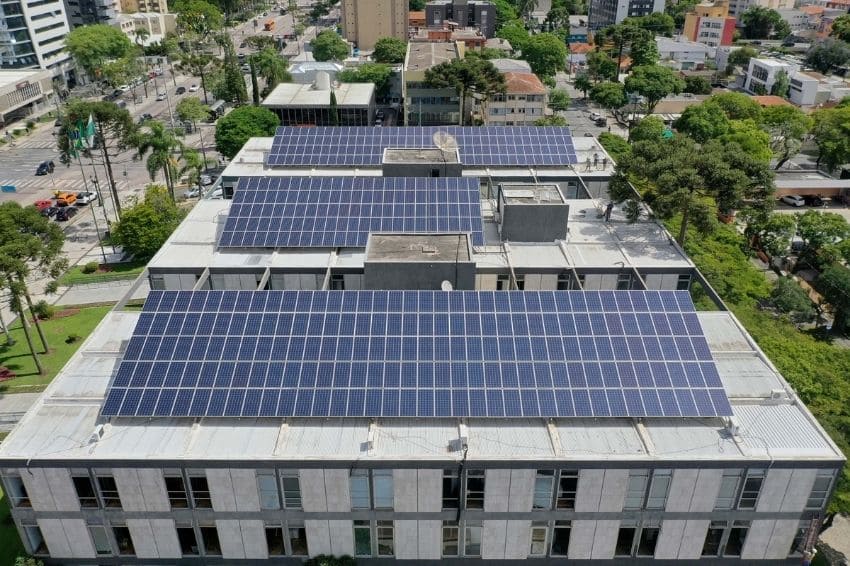


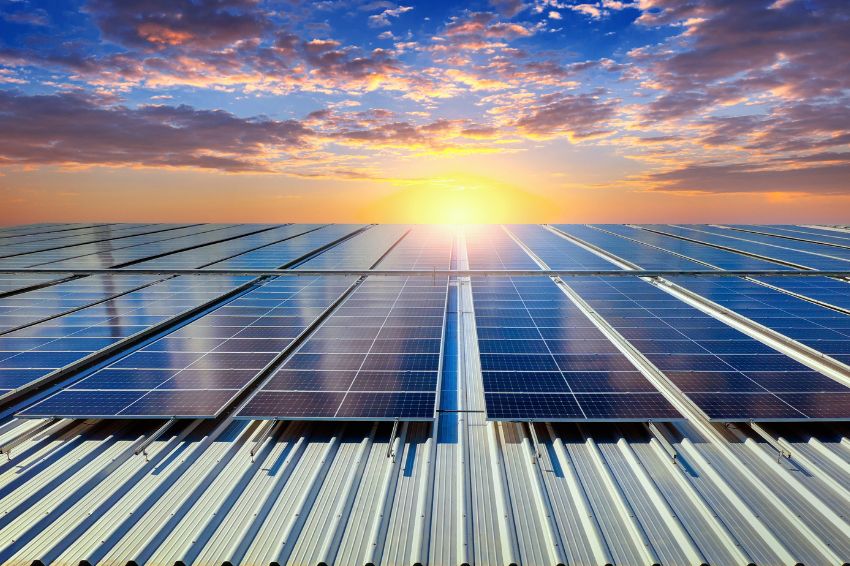
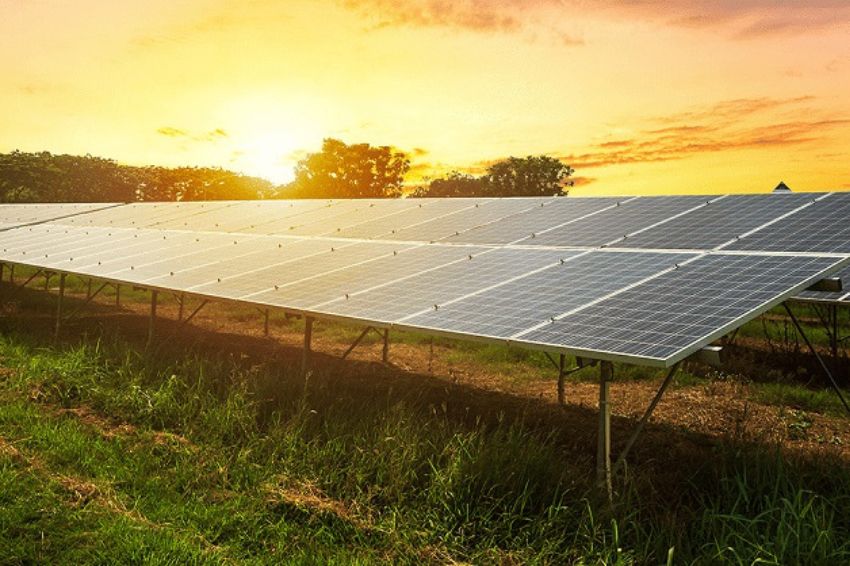
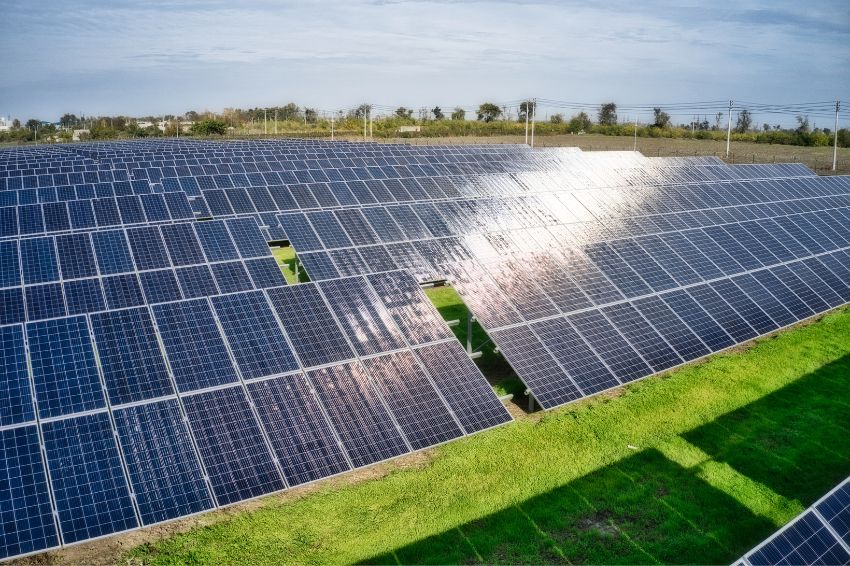
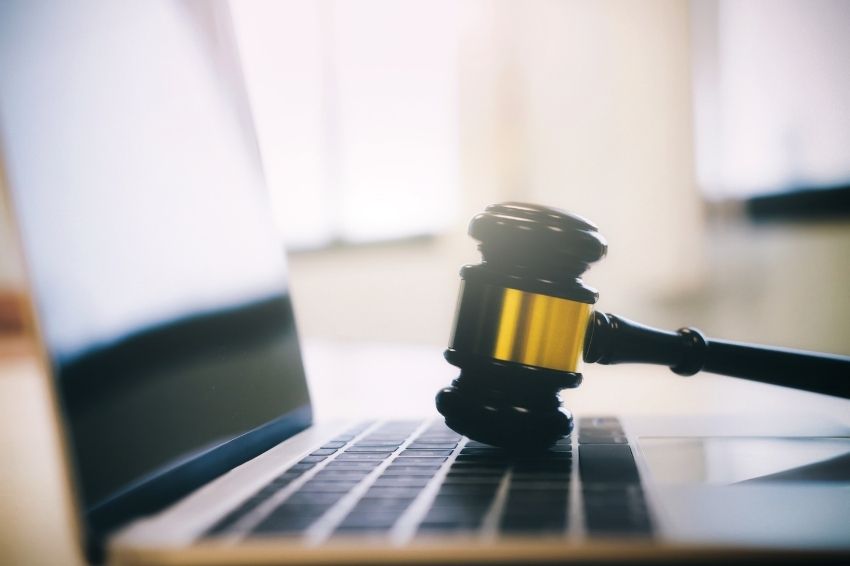
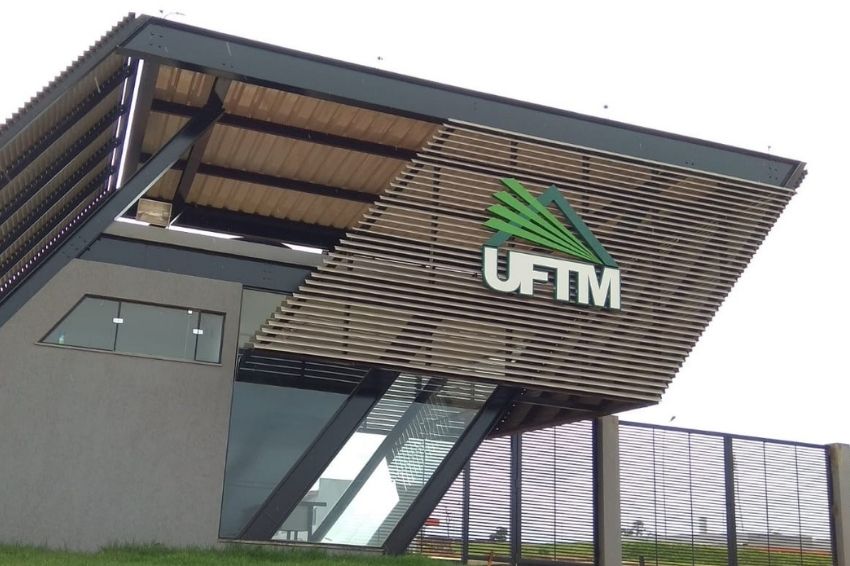
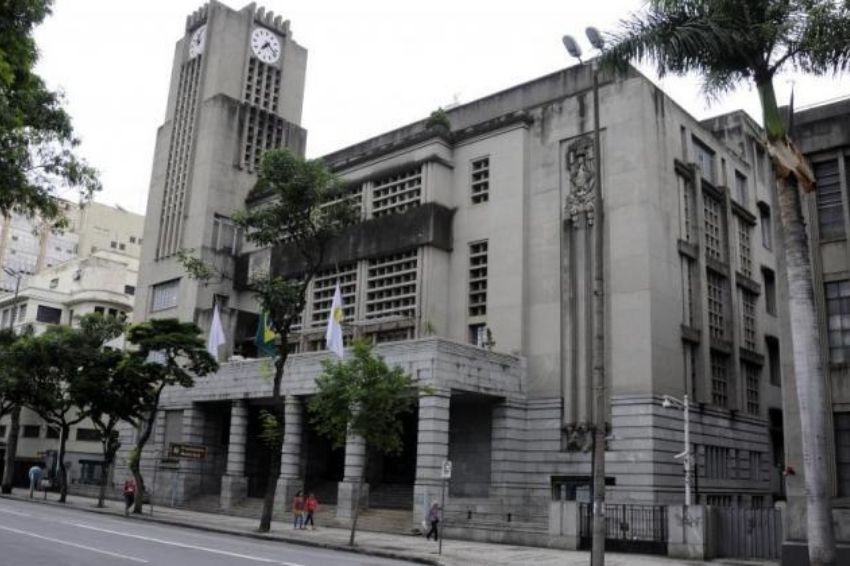







One Response
We have a sustainable energy source all year round and available for free. It is of great importance to increase the use of the photovoltaic generation system, which tends to minimize and relieve energy companies, with the inclusion of solar energy on a larger scale.
.